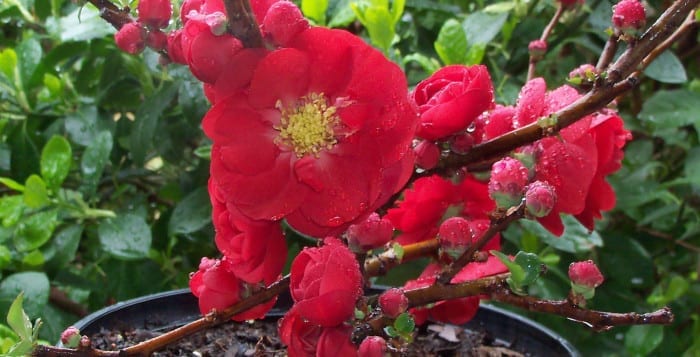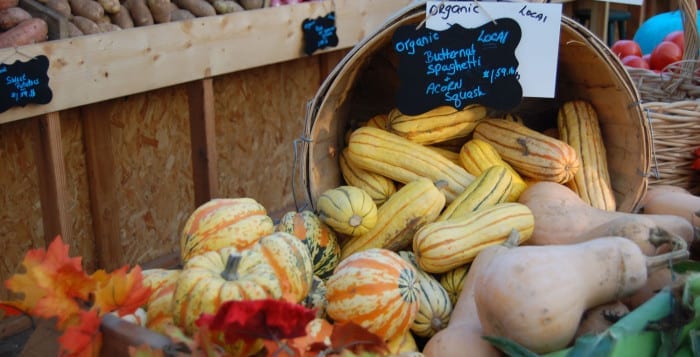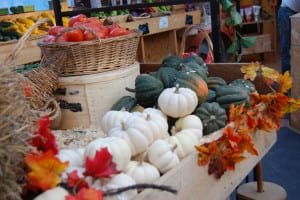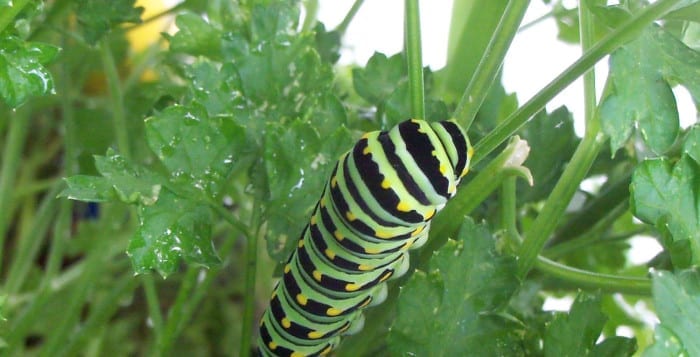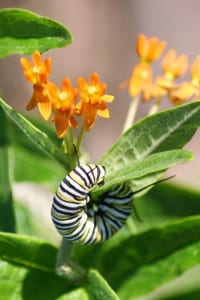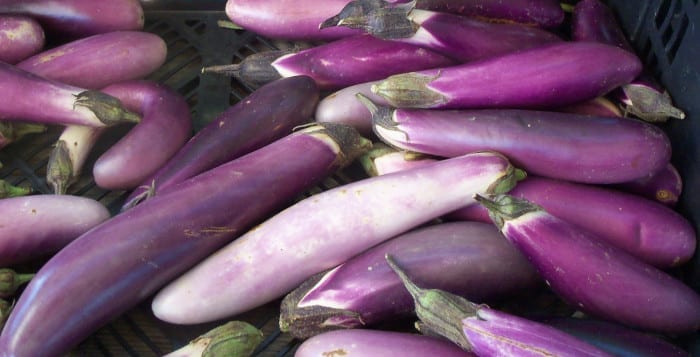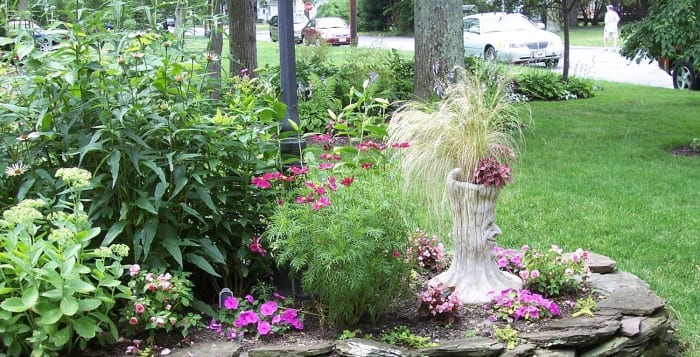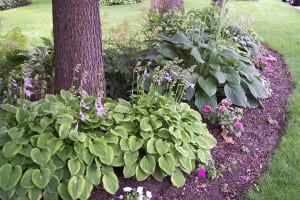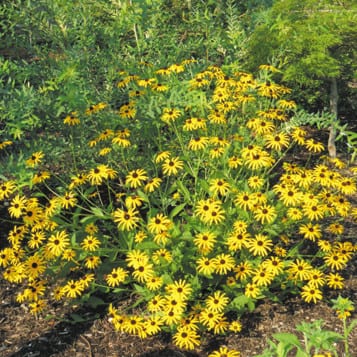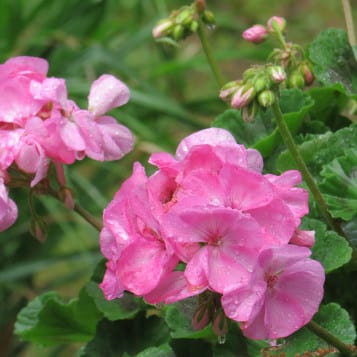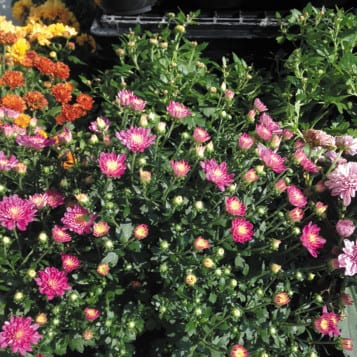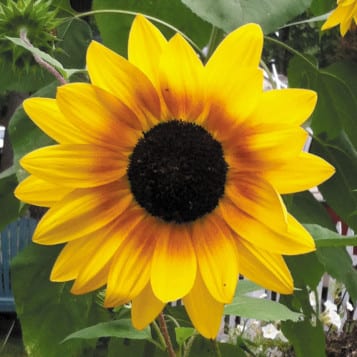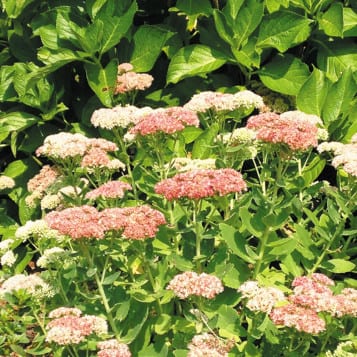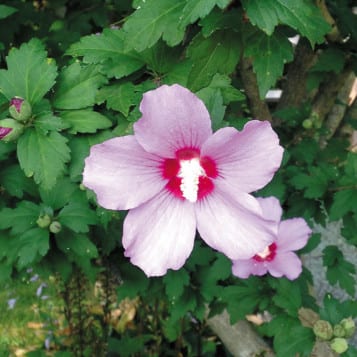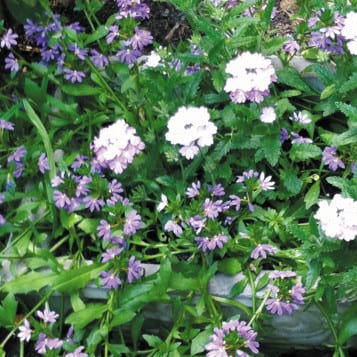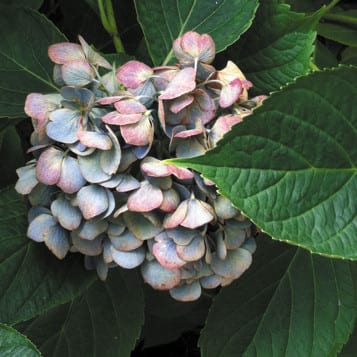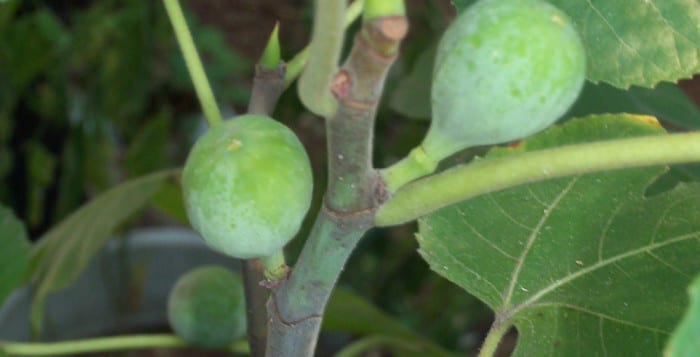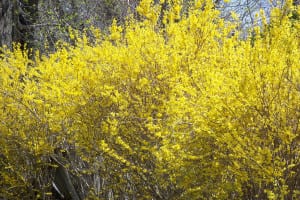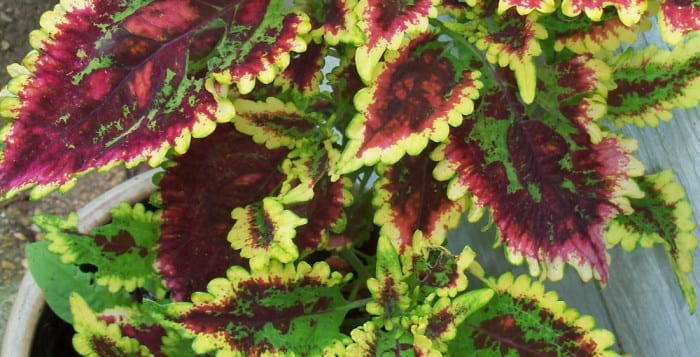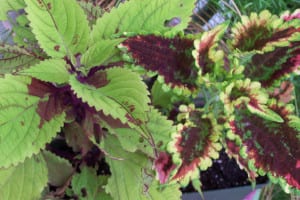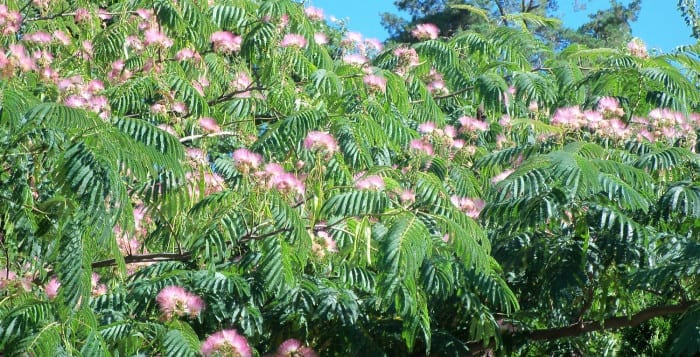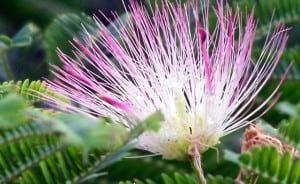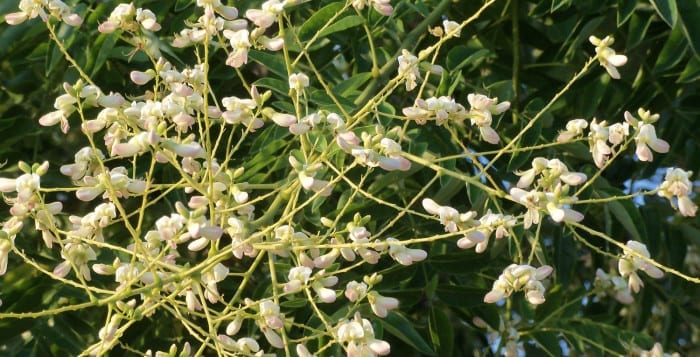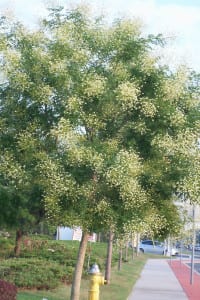By Ellen Barcel
The gardening season is winding down. You’ve probably enjoyed your tomatoes and have started thinking about your herbs and how to preserve them for winter use (you can, of course, bring container grown herbs into the house in a sunny location).
So, it’s hard to think of spring flowers when we’re facing autumn’s mums and winter’s chill. However, it you want a gorgeous, early spring garden, there are certain things you must do now.
◆ Plant your spring flowering bulbs (tulips, daffodils, etc.). They can actually be planted as long as the ground is not frozen.
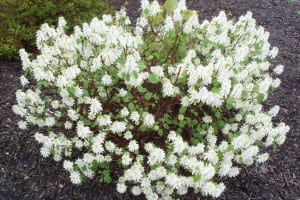
◆ Plant your spring flowering trees. These include dogwood, magnolia, flowering cherry, flowering crab apple and redbud.
◆ Plant shrubs that bloom in early spring. If you already have some in the ground, do not, I repeat, do not, prune them in late autumn. You will be removing next spring’s flower buds. Rule of thumb, prune flowering shrubs immediately after they have bloomed so as not to interfere with their bloom cycle.
Probably the earliest shrub to bloom in spring is witch hazel, with its delicate yellow flowers. In a mild winter it may even bloom in February, but March is more likely. Since it is blooming so early, the flowers come out long before the leaves. And, yes, this is the plant from which the astringent witch hazel is made.
Forsythia also blooms before the leaves appear with a mass of yellow flowers. You can even force the flowers in late winter if you see flower buds starting to form. Cut some branches, bring them indoors and put them in a vase with room temperature water. Soon, the vase will be filled with the cheery flowers. Forsythia plants make a great, easy to grow hedge. A fast grower, they can be cut back to make them the height you want.
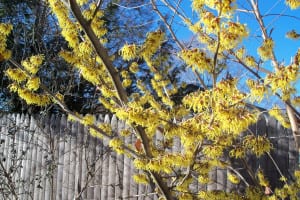
Flowering quince produces gorgeous red, pink or orange flowers, again, before the leaves appear. The plant can easily reach up to six feet tall, but there are shorter cultivars. A native of China, it is usually grown here for its flowers, not its fruit. It prefers full sun and well-drained soil. Some varieties have thorns while others are thornless. Check the tag or research the cultivar if you either want (as a barrier) or don’t want (around kids) thorns.
The P.J.M. Rhododendron blooms in early spring, usually April, ahead of most rhodies, which tend to come out in May. The pinkish-purple blossoms are born on a relatively slow growing plant that reaches three to six feet in height. An evergreen, it does well in partial shade in hardiness zones 4 to 8. A row of them makes a lovely, relatively low hedge.
Pieris (andromeda) comes out quietly in spring. Most plants available have either white or pink flowers, but ‘Valentine’ has absolutely beautiful burgundy flowers. ‘Valentine’ blooms ahead of the other varieties, frequently before I’ve tidied up the garden in spring.
Fothergilla blooms with lovely white flowers. The slow-growing, deciduous shrub blooms in April to May after the leaves appear. The plant does well in zones 5 to 8.
Ellen Barcel is a freelance writer and master gardener. Send your gardening questions to [email protected]. To reach Cornell Cooperative Extension and its Master Gardener program, call 631-727-7850.

